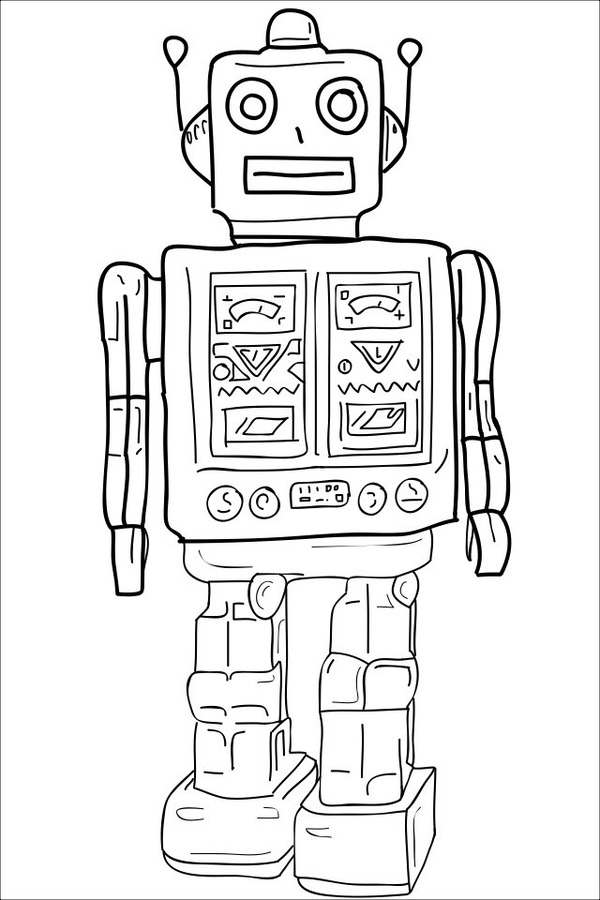This story, Robots can now learn to cook just like you do: by watching YouTube videos, made the rounds over the past weekend. The basics of the story are these: researchers at the University of Maryland and an Australian research center have managed to create a system by which robots can 'learn' to cook, (how to recognize cooking tools, how to grasp and manipulate objects, how to process unfamiliar inputs into cohesive sets of instructiokns, etc), with the raw learning material consisting of a set of 88 YouTube videos of cooking demonstrations.
The entire paper, Robot Learning Manipulation Action Plans by 'Watching' Unconstrained Videos from the World Wide Web is here, but I will grab the most interesting and telling bit from the abstract, and then shoot a few comments after the excerpt.
From the paper:
In order to advance action generation and creation in robots beyond simple learned schemas we need computational tools that allow us to automatically interpret and represent human actions. This paper presents a system that learns manipulation action plans by processing unconstrained videos from the World Wide Web. Its goal is to robustly generate the sequence of atomic actions of seen longer actions in video in order to acquire knowledge for robots.
Experiments conducted on a publicly available unconstrained video dataset show that the system is able to learn manipulation actions by “watching” unconstrained videos with high accuracy.
There is a lot to unpack even in that short snippet from the research, but the implications of this research suggests a future state of even more powerful automation technologies - the kinds of technologies that can learn simply by watching. And unlike us puny humans, they won't get tired of watching the same stupid 'life hack' kinds of YouTube videos 73,000 times before getting frustrated that we can't 'get it' and then just giving up.
Some time back I posted about robot technology replacing or at least augmenting human staff in retail big box stores. In that post I posited that the real advantage, or at least one of the most important (and I think really overlooked for the most part), advantages that robots and technology have over human labor are the robot's incredible ability to learn, store, and share information with other robots.
When the robot solves, or learns how to solve maybe just by watching a human colleague, a customer's problem, it can instantly share that knowledge with every other robot, who will all then have learned to solve that problem. Information, learned knowledge then becomes an asset for all. Immediately.
Think about the power of that ability the next time you have to roll out some kind of training program to your entire workforce. How many times do you have to explain the same thing to another person? How long does it take everyone to 'get it?'
How many never do?